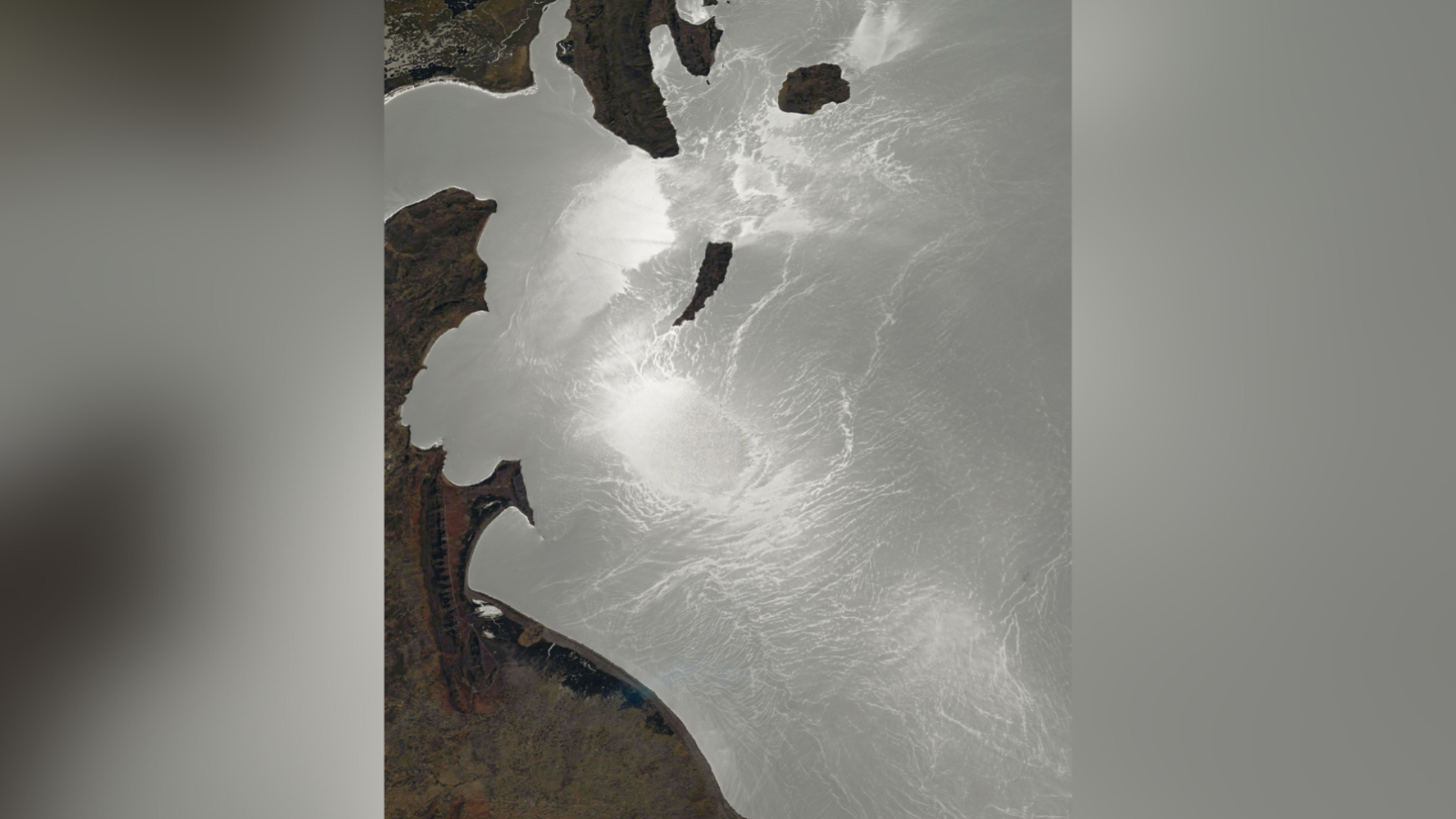Sitting in low Earth orbit, the International Space Station offers astronauts aboard some spectacular views, including this one of Lake Titicaca in Peru.
What is it?
At 3,200 square miles (8,300 square kilometers), Lake Titicaca is the largest freshwater lake in South America. Thought to be around three million years old, the lake is one of just a handful of ancient lakes remaining around the globe. Over 25 different rivers dump into the lake, feeding into its large size. Ancient structures and artifacts show that humans have lived around Lake Titicaca since before colonial times and continue to live there today.
Where is it?
Lake Titicaca lies between ranges of the Andes Mountains in a basin that’s part of the Altiplano (high plateau) of the northern Andes in Peru. At 2.36 miles (3.81 km) above sea level, the lake is the highest in the world.
Why is it amazing?
This photo, taken by an astronaut aboard the ISS in October 2024, shows a stunning example of sunglint reflecting from the surface of the waters of Lake Titicaca.
Sunglint is an optical phenomenon that happens when sunlight reflects off a body of water directly into the camera, creating silvery bright patches, especially over smooth surfaces. Sunglint can help reveal subtle details in the water that may be invisible under ordinary lighting, including any oils or films created by algae, wind patterns and boat wakes.
Here, several V-shaped patterns show boat wakes, while two subtle arcs in the top left show internal waves. These features can help scientists better study hard-to-access areas of Lake Titicaca, learning more about the unique ecosystems it provides.
Want to learn more?
You can read more about studying Earth from space and monitoring bodies of water like Lake Titicaca.
